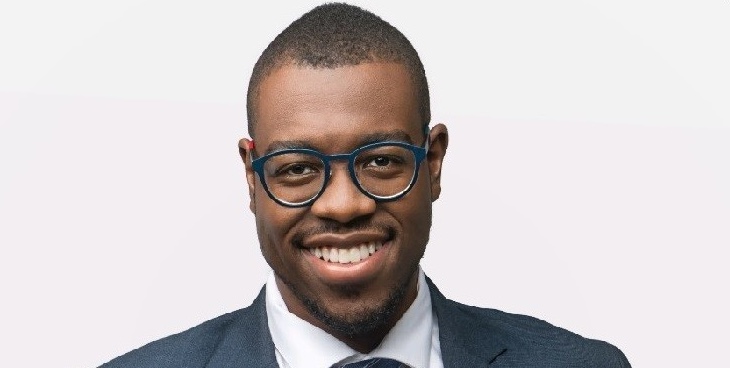

Paul Simpson and his team caught the attention of corporate Jamaica when they acquired the oldest brokerage house Barita in 2018 for J$3 billion.
Not many could have foreseen its impressive growth as an investment house so much so that in half a decade it has grown its market capitalisation to $85 billion.

Its recent Q2 performance saw year to date net profit of $1.9 billion with total assets of $134.2 billion. Total shareholder equity came in at $35.6 billion and Barita grew its loan book to $12 billion.
Commenting on its performance, Barita’s CEO Ramon Small-Ferguson said: “If we look at our key measures from a P&L perspective (revenue and profits), we would have had an almost tripling of our revenue metric for the 2nd Quarter which was $3.6 billion. So that would be around 2.5 times that sum. We had a tripling of profits with $1.4 billion in Q2, 2024 with just $470 million in Q1. That contrast in performance, Q vs Q has really been driven by some of the factors we would have described in previous quarters.”
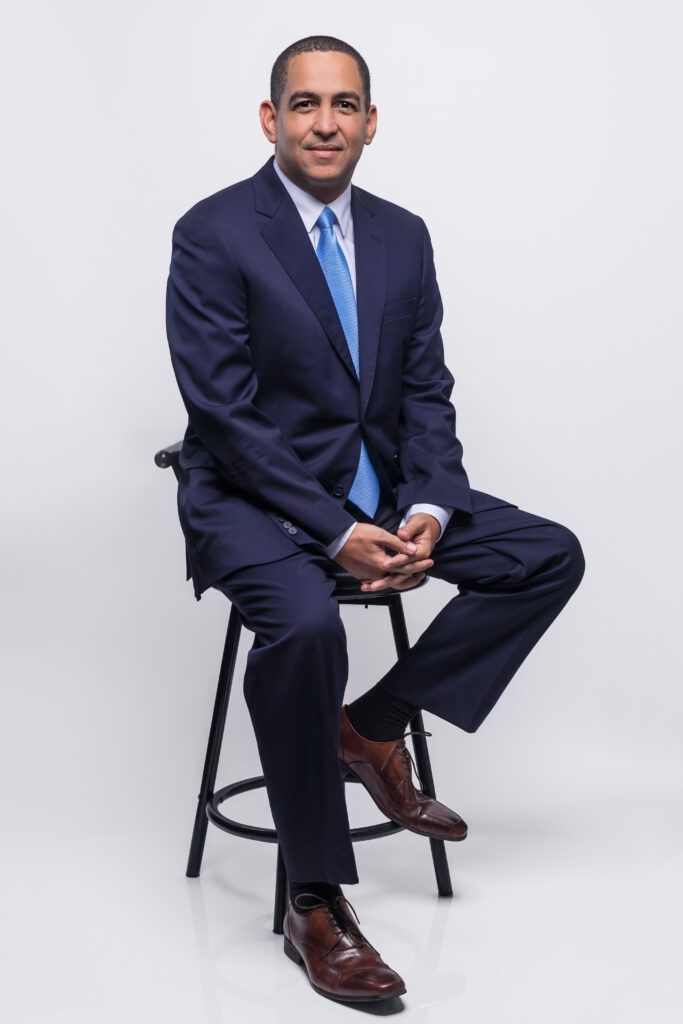
In an interview with Our Today, Small-Ferguson charted the progress made since acquiring a small brokerage and turning it into one of the biggest Jamaican investment houses operating presently.
“When we acquired the business in 2018, over a third of its revenue was generated from net interest income with another large portion coming from the management of unit trust funds. What we set about doing is not just simply scaling the business but moving away from relying on net interest income. We got net interest income to contributing less than 10 per cent of revenues in 2023, down to around $580 million of a $ 9 billion revenue mix. That was down by about a third from 2018’s numbers.
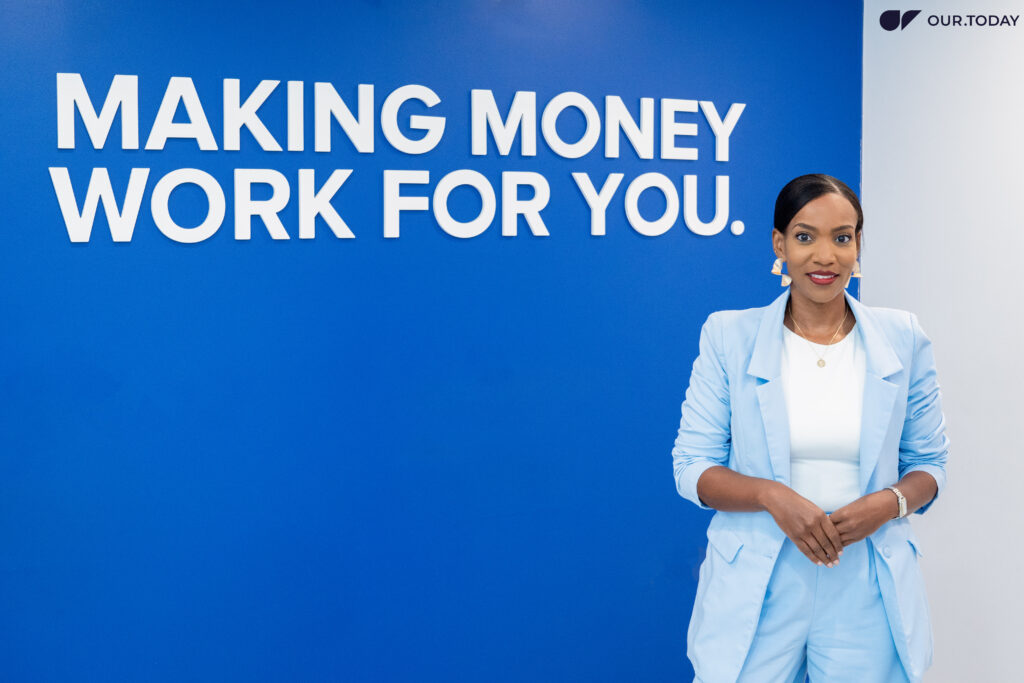
“We are expecting net interest income to rise as a percentage of revenues as interest rates stabilise. How we achieved diversification is from two main strategies – one, adding new business lines and two focusing on our existing business lines by deepening wallet share and widening our customer base. By way of example here, in 2019 we launched Barita Wealth (private wealth/corporate-focused arm) which has allowed us to gain market share in a section of the market where we had a limited presence.
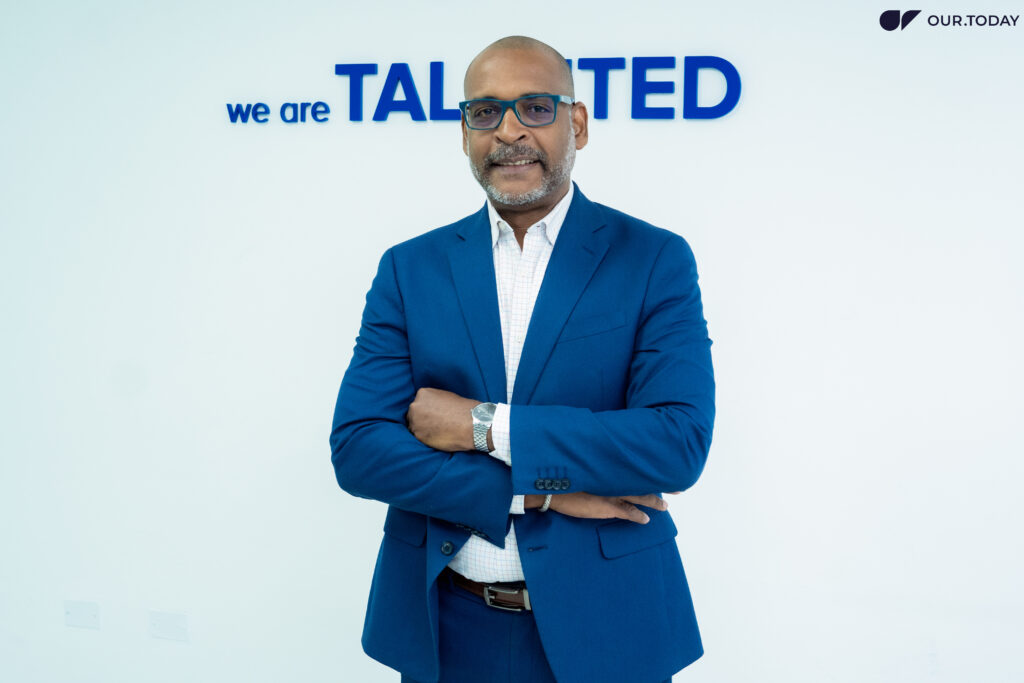
To Barita’s CEO’s point, Barita was a boutique with a retail broker-dealer outlook. Last year it was number one with value of trades on the JSE and remains number one in that respect up to March of this year. Taking a look at cambio trading, Barita has moved from sixth position before the acquisition to second, only behind GraceKennedy. A few years ago, Barita was nowhere on the map with investment banking. Today it has done the largest equity raise on the Junior Market, it has done the Derrimon APO, the Barita APO in September 2020 raised $13.5 billion, and it has undertaken the largest cross-listing, with Massey Holdings Limited. There is little doubt that Barita has done some of the largest landmark transactions in recent years.
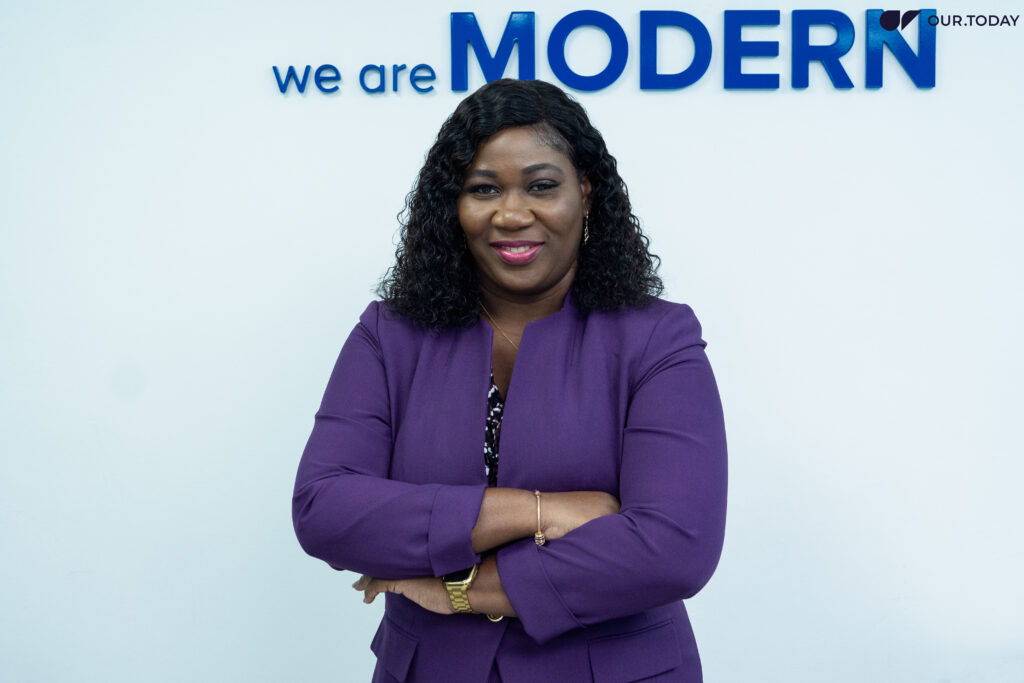
Investment banking now generated between $600 million to $ 1 billion a year, some 9 per cent of total revenue for Q2. Barita is now looking for direct investment banking fees to contribute between 10 to 12 per cent of revenues.
Small-Ferguson added: “I can say we now rival the larger players like NCB, JMMB in the investment banking space. If you look at any measure- size of transactions, explicit investment banking revenues, we are certainly up there.
“If you look at our balance sheet, let’s say capital- we have the largest capital base in the sector. There are 30 dealers and we hold more than a quarter of the total capital of them combined. That gives you a sense of the size we have. We have over $130 billion in assets on balance, sheet, again this demonstrates a formidable business that we have built via low leverage and high liquidity. It is very clear where revenue generation is coming from and why we are generating the size of the revenues we are.

“What is certainly impressive is that treasury, trading and brokerage contributed 40 per cent of revenue for Q2. Yes, net interest income was flat year over year but was positive quarter over quarter. Rising rates, liabilities repricing faster than assets, paying out more than earnings have hurt all players in the market, some more than others. Barita’s equity portfolio performed very well relative to the comparable quarter last year. Last year it was negative. Barita also saw a return on fixed-income trading during the quarter contributing some $900 million to revenue. This was a return of a business line that faced challenges with rising interest rates; it certainly stymied successful trading. With some stability in interest rates, Barita was able to record gains here. The Cambio and FX lines were solid during the period.
“When you combine all four of those areas, the equity portfolio, the fixed income portfolio, net interest income stabilising and returns from FX trading, treasury trading and brokerage seeing an uptick we would have closed the first quarter as the Number one broker by value traded, as you know you get paid on value. From a brokerage perspective, we are not doing badly at all. Things are looking up for Barita,” said the confident CEO.

Fees and commissions were also up, coming in with $2 billion. With Barita doing well with its cambio business does it have plans to enter the remittance business, thus forming another revenue arm which would be complimentary? Ramon Small-Ferguson replied that on the broker-dealer side, there are no plans re the remittance side.
“We are part of a group, a group that has a bank, a group that has aspirations to be more capable from a financial services perspective. This is a group born out of acquisitions. There is always prospecting for complimentary opportunities but there have been no stated moves in the direction of remittances at this point.”

Barita has made notable strides with its off-balance sheet business. It has been able to pivot more adroitly than many of its competitors who are paying a terrible price for being so static and cleaving to the status quo.
The Kingston headquartered Barita has total assets under management of $360 billion which accounts for both on and off-balance sheet business. Of that sum, $220 billion of it is off-balance sheet, split mainly between unit trusts funds, pension funds and custodial business, in effect managed portfolios. What Barita has seen year over year is growth in its unit trust funds driven by a rebound in certain portfolios and an uptick in the asset management business.
So how did Barita manage not only to survive the storm but turn the tide?

“Post acquisition we set out to make the business more capable, to endow the business with sufficient capacity. We took on the additional lines we were prospecting. With respect to the financial capacity of the business, as you are aware we would have embarked on a capital raising spree with four public offers (rights issues and two APOs) raising $33.5 billion which furnished the business with a lot of capital which allowed us to weather volatile markets over the last couple of years without having to rely on external resources or regulatory assistance.
“We also had differential access to a number of opportunities, for example, we launched our investment banking business. During the pandemic when some of our counterparts were dealing with restructurings, workouts and credit challenges, we didn’t have any of those exposures and were able to focus on business development which has taken us to where we are today.

“It must be said that we engaged in a hiring spree bringing a diverse group of individuals, all very talented. We built out and expanded certain areas of the business. Jason Chambers, the CIO recruited me. We have made a number of recruits at both the Cornerstone and Barita levels. Gavin Jordan came on as CFO from GraceKennedy where he was the CFO of their U.S. business. He has moved up to COO of our Group. Stephen Philibert, who was the CFO for Pan Jam, came on as CFO to replace him and Dane Broadber who was the former interim CEO of Barita came in as CRO. He was head of Market Risk for the region for Scotiabank. Dane Broadber, when he was interim CEO brought in his successor at Scotia, Geoffrey Romans who fills the role as Head of Market Risk for us, replacing Dane as CRO.

“We have a team of capable individuals who have performed at different institutions plus a significant pool of capital that has come into the business. Top that off with extraordinary brand awareness and marketing and it is clear to see what has been accomplished. What we have managed to do is make the business more capable with the financial injection of capital moving the capital base from $3 billion to $36 billion and growing the asset base from $16 billion to $130 billion.
“It’s no wonder we have seen a significant uplift in our business and our revenue. It’s not rocket science – you put capable people together, give them the needed capital to manage and do it under a flagship brand, you are going to get customers and that is what has happened over the last few years.”
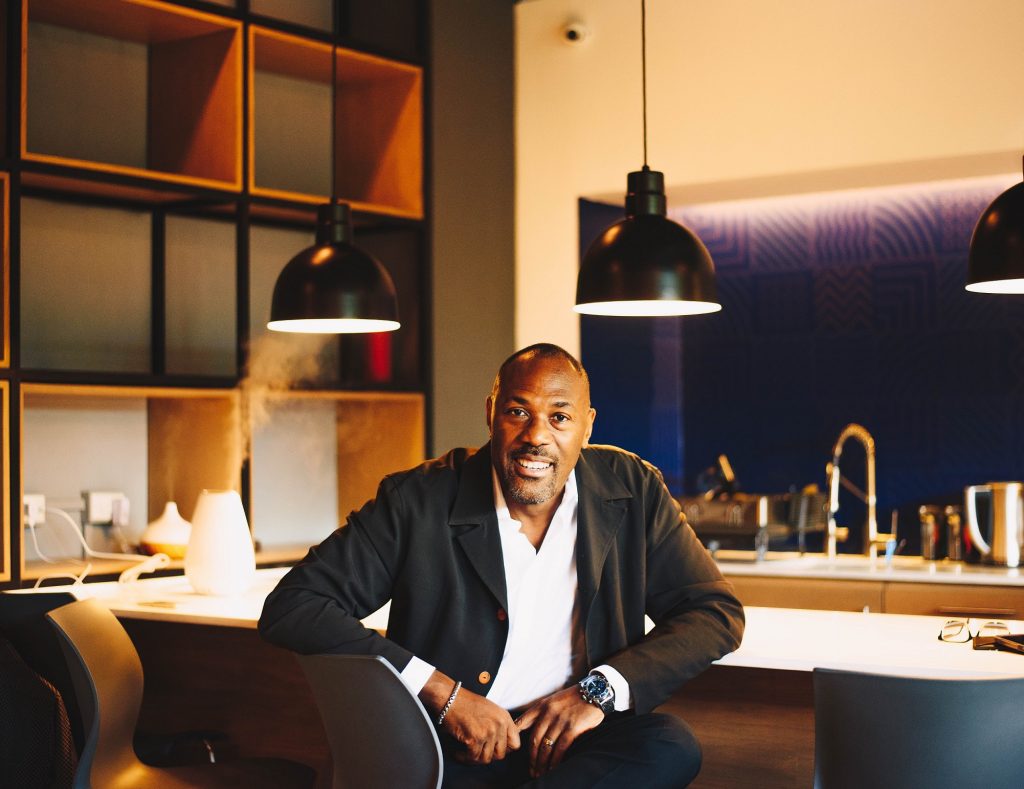
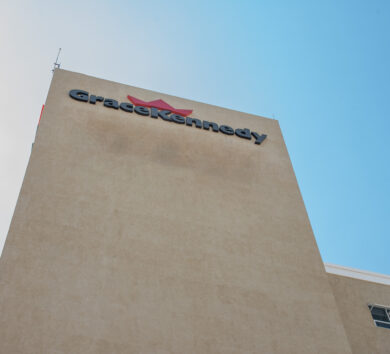


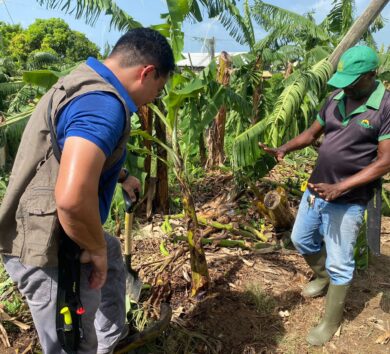
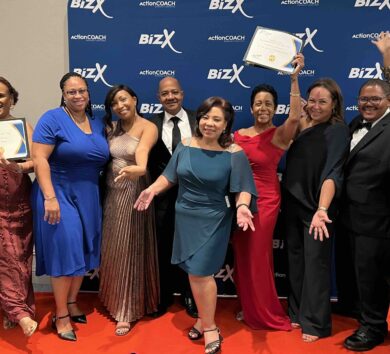
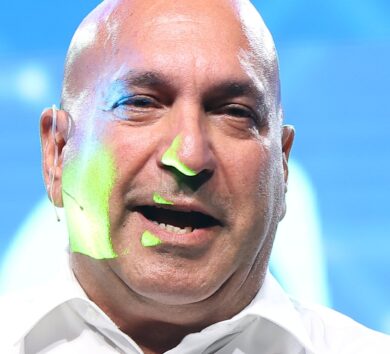
Comments